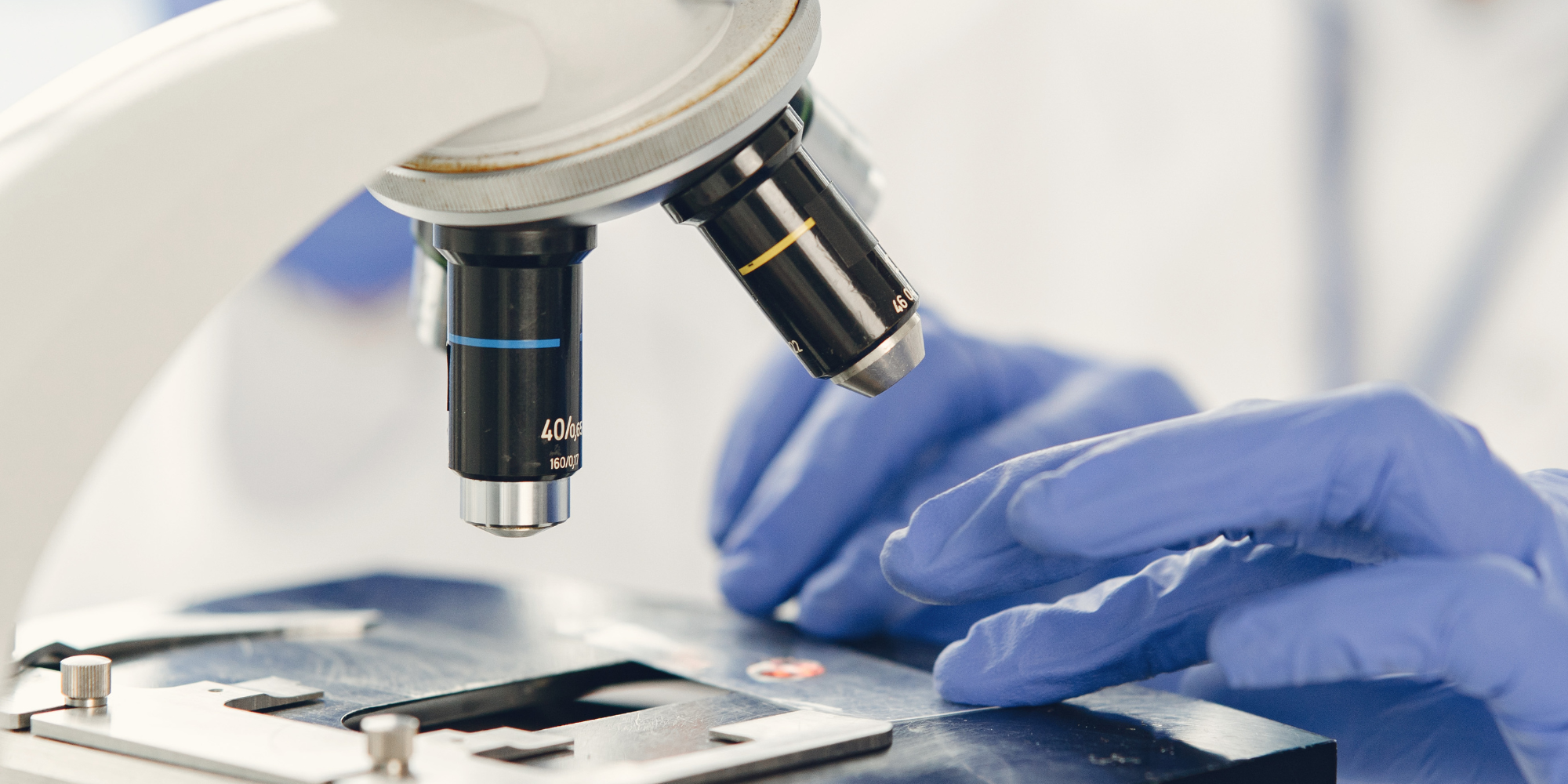A team of scientists from Mie University in Japan has achieved a breakthrough in Down syndrome research. For the first time, they have successfully removed the extra chromosome 21 from human cells using the advanced CRISPR-Cas9 gene editing technique. This innovative approach not only altered the behavior of the cells but also restored their function to near-normal levels, opening new possibilities for future genetic therapies. The complete findings of the study were published in the prestigious journal PNAS Nexus.
CRISPR-Cas9 technology enables precise cutting of DNA at specific sites. The team, led by Dr. Ryotaro Hashizume, developed specialized “molecular guides” that direct CRISPR enzymes solely to the extra copy of chromosome 21, thereby avoiding damage to healthy chromosomes. Once the extra chromosome was removed, the cells regained a normal gene expression profile and showed improved function.
Cells lacking the extra chromosome demonstrated higher survival rates, faster growth, and reduced levels of reactive oxygen species—harmful metabolic byproducts that can damage cells. These results indicate improved mitochondrial function and overall cellular health.
Importantly, the method proved effective in both stem cells and skin cells (fibroblasts) obtained from individuals with Down syndrome. This suggests the approach could potentially be applied to more mature and differentiated tissues.
Although the research was conducted at the laboratory level, its significance is profound: for the first time, it has been possible to remove an entire extra chromosome from human cells, rather than just repairing individual genes.
The research team is now focusing on refining the method to enhance its precision and safety, as well as on developing solutions to prevent the changes from being reversed by natural DNA repair mechanisms.






